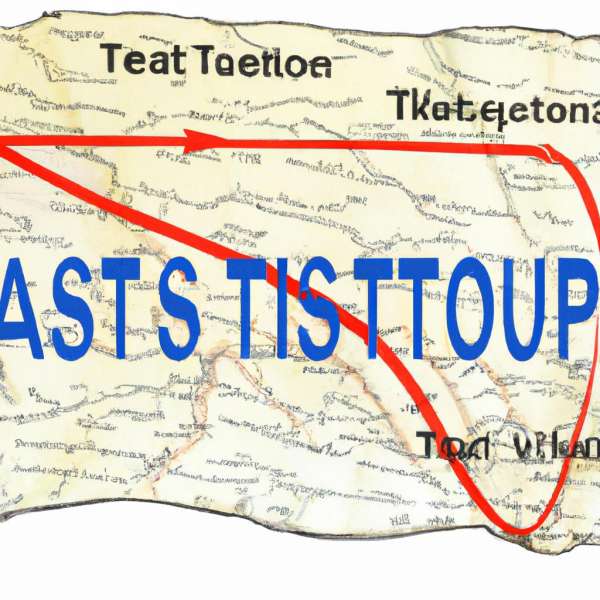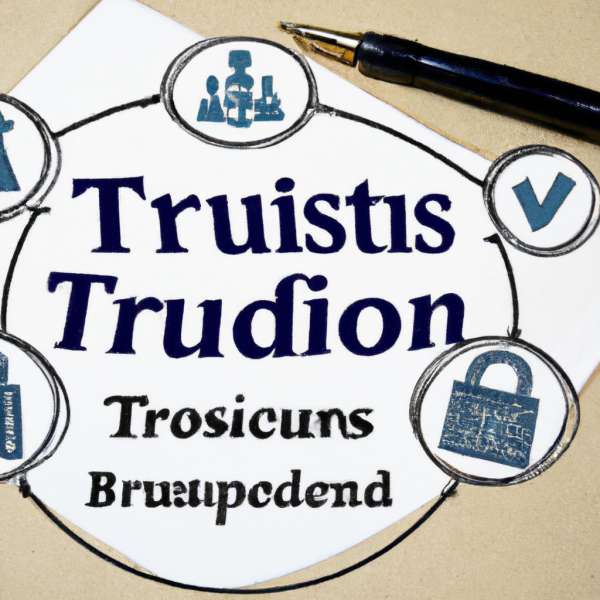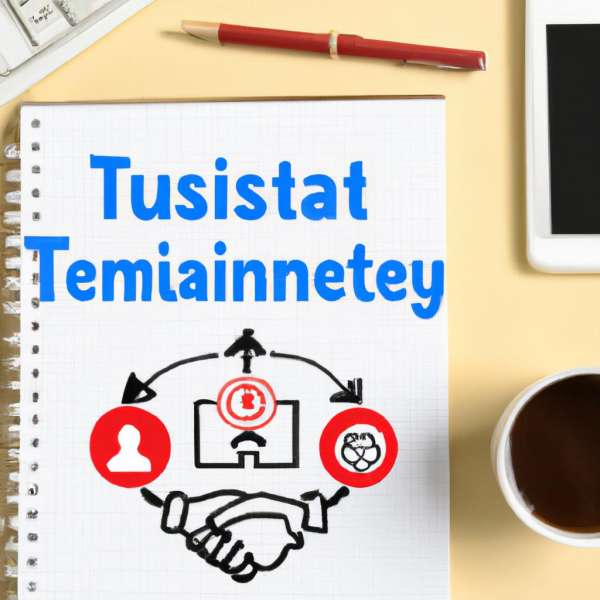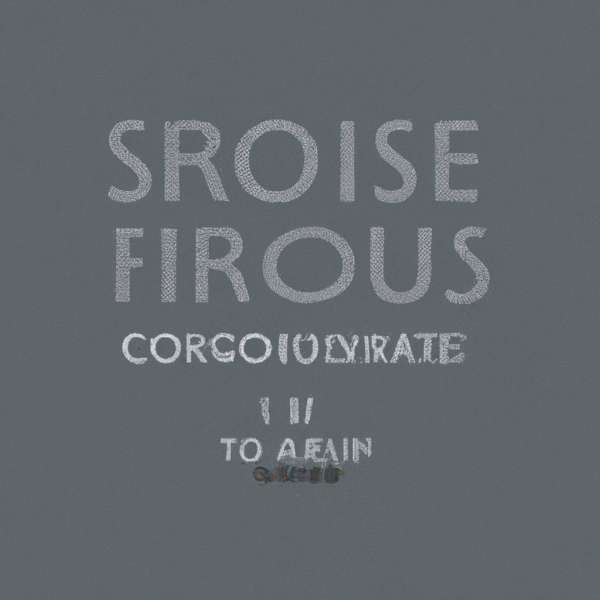In the intricate tapestry of modern estate planning, where the threads of wealth preservation and familial harmony intertwine, the role of trust protectors emerges as a pivotal figure. Often overlooked but essential, trust protectors serve as the guardians of intent, ensuring that the wishes of the granter are honored while providing a layer of oversight that can mitigate potential conflicts. As the complexities of financial landscapes and familial dynamics evolve, understanding the nuances of this role becomes increasingly crucial. This article delves into the multifaceted responsibilities of trust protectors, exploring their significance in safeguarding not just assets, but the very values and legacies that individuals wish to bestow upon future generations. Join us as we unravel the intricacies of this vital position and its impact on trust management in an ever-changing world.
Navigating the Landscape of Trust Law
In the intricate world of trusts, the role of a trust protector emerges as a pivotal mechanism for ensuring that the intentions of the trustor are upheld. Trust protectors are often appointed to provide an additional layer of oversight and discretion, which can be essential in navigating unforeseen circumstances or addressing the changing needs of beneficiaries. This role offers a unique blend of authority and accountability, giving trust protectors the power to manage key decisions without being burdened by the standard fiduciary duties of a trustee.
One of the primary functions of a trust protector includes the ability to modify the terms of the trust. This may involve adjusting distribution provisions or altering the number of beneficiaries in response to evolving family dynamics. The flexibility bestowed upon trust protectors ensures that the trust remains relevant and effective over time. Key responsibilities include:
- Adapting Trust Terms: Modifying provisions to reflect changes in law or family circumstances.
- Resolving Disputes: Acting as an arbiter when conflicts arise among beneficiaries.
- Vetting Changes: Evaluating and approving trustee decisions that could significantly impact the trust.
The appointment of a trust protector can significantly mitigate potential conflicts and enhance the overall governance framework of a trust. With the proper legal guidelines in place, a trust protector not only safeguards the trustor’s wishes but also fosters a collaborative relationship among all stakeholders. This facilitative role can be the cornerstone of successfully navigating the complex landscape of trust law, where clarity and adaptability are essential for long-term success.
| Key Features of Trust Protectors | Benefits |
|---|---|
| Modification Authority | Ensures trust remains relevant to current circumstances. |
| Conflict Resolution | Helps maintain family harmony and trust integrity. |
| Discretion in Decision-Making | Allows tailored responses to unique situations that may arise. |

Understanding the Duties and Powers of Trust Protectors
Within the realm of estate planning, the role of a trust protector serves as a crucial safeguard. Trust protectors are appointed to oversee the administration of trusts and act as a check-and-balance mechanism. Their responsibilities can vary widely, but generally include the following:
- Modification of Trust Provisions: Trust protectors hold the authority to amend trust terms to adapt to changing circumstances, ensuring that the trust remains effective over time.
- Conflict Resolution: They are instrumental in mediating disputes among beneficiaries or between beneficiaries and trustees, facilitating a harmonious trust environment.
- Enhancing Trust Administration: Trust protectors can recommend or appoint new trustees, ensuring that those in charge are always aligned with the grantor’s intentions.
- Monitoring Compliance: They ensure that trustees adhere to legal and ethical standards, reviewing decisions that may significantly impact beneficiaries.
The powers vested in trust protectors can be broad, yet flexible. They are often granted specific powers outlined in the trust document, which might include:
| Power | Description |
|---|---|
| Amendments | Ability to change trust terms and provisions as needed. |
| Removal | Authority to remove trustees if they fail to perform their duties properly. |
| Investment Oversight | Power to review and approve investment decisions made by trustees. |
| Advisor Roles | Function as an advisor to the trust and its beneficiaries, guiding decisions. |
This unique structure allows trust protectors to ensure that trusts are not only maintained according to the grantor’s wishes but also remain adaptable in response to the evolving needs of beneficiaries. By understanding these duties and powers, one can better appreciate the role of trust protectors in estate planning.

Enhancing Trust Administration through Effective Communication
Effective communication is pivotal in the role of trust protectors, ensuring that the intentions behind the trust are not only maintained but also clearly understood by all parties involved. A trust protector acts as a intermediary, bridging the gap between trustees and beneficiaries. By doing so, they minimize misunderstandings and ensure that the trust’s objectives are met in a transparent manner.
To foster clear communication, trust protectors should consider the following strategies:
- Regular Updates: Schedule periodic meetings to discuss trust performance, any changes to legal nuances, and overall strategy.
- Defined Communication Channels: Establish clear channels for beneficiaries to voice concerns, ask questions, or provide feedback.
- Documentation: Keep an organized record of meeting notes, communication timelines, and action items to ensure clarity and accountability.
- Emotional Intelligence: Trust protectors should listen actively and empathize with beneficiaries, acknowledging their emotions related to trust distributions and future planning.
Moreover, utilizing technology can enhance communication efficiency and transparency. For instance, online portals offer a platform where beneficiaries can access real-time information about the trust, making them more engaged and informed. Below is a recommended comparison of traditional communication methods versus modern tech solutions:
| Communication Method | Pros | Cons |
|---|---|---|
| Face-to-Face Meetings | Personal connection, immediate feedback | Time-consuming, scheduling conflicts |
| Email Notifications | Easy documentation, can reach multiple people | Risk of misinterpretation, overload of information |
| Online Portals | Real-time updates, secure access | Requires technical literacy, potential cyber-security risks |
By embracing these strategies, trust protectors can significantly enhance the efficiency of trust administration. Open lines of communication not only increase the trust’s effectiveness but also build a strong relationship among all stakeholders, thereby ensuring that everyone’s interests are consistently aligned.

Best Practices for Selecting and Appointing a Trust Protector
Choosing the right trust protector is a critical step in ensuring the effectiveness and longevity of a trust. It requires careful consideration of various factors to secure the financial and emotional well-being of beneficiaries. Here are some best practices to keep in mind:
- Assess Relevant Qualifications: Select an individual or entity with a strong understanding of trust law, financial investments, and family dynamics. Look for experience in managing similar situations or trusts.
- Evaluate Integrity and Trustworthiness: The protector should be someone who possesses a reputation for honesty and ethical behavior. Their decisions will directly affect beneficiaries, making character paramount.
- Consider Conflict of Interest: Ensure that the selected trust protector does not have any stakes in the trust assets that could lead to biased decision-making.
- Promote Open Communication: Choose a protector who values transparent dialogue and is willing to mediate disputes among beneficiaries, fostering a collaborative environment.
Once potential trust protectors are identified, it’s essential to formalize the appointment through clear communication. Establishing a set of specific duties and responsibilities can help in avoiding potential misunderstandings and conflicts down the line. Consider creating a written agreement that outlines:
| Duty | Description |
|---|---|
| Asset Monitoring | Regularly reviewing trust assets and their management to ensure compliance with trust terms. |
| Dispute Resolution | Mediating disagreements between beneficiaries and the trustee, if conflicts arise. |
| Advisory Role | Providing guidance on trust amendments when necessary, in the best interests of all parties. |
Regular evaluations of the trust protector’s performance can also be a powerful tool. Set intervals to review their effectiveness and the evolving needs of the trust and beneficiaries, allowing for necessary adjustments. Keeping the lines of communication open during these evaluations can foster trust and cooperation between all parties involved.
Final Thoughts
In the intricate tapestry of estate planning, the role of trust protectors emerges as a crucial thread, weaving together the intentions of the grantor and the realities faced by beneficiaries. As impartial guardians of the trust’s integrity, trust protectors not only safeguard assets but also provide an adaptable structure that responds to changing circumstances and potential conflicts. Their unique vantage point allows them to mediate challenges, fostering transparency and enhancing the trust’s resilience.
As we’ve explored, the presence of a trust protector can significantly influence the effectiveness of a trust, ensuring that it remains true to its purpose while adapting to the evolving needs of those it serves. In a world where trust can often feel elusive, the trust protector stands as a beacon of stability—an advocate for both the wishes of the grantor and the well-being of beneficiaries.
understanding the nuances of this role can empower families to make informed decisions, ultimately leading to more robust and harmonious estate planning. As you consider your own legacy, remember the importance of trust protectors, and how their involvement can fortify the foundation you leave behind.


